Weeds will grow just about anywhere, in your garden, up through rocks and concrete, and even in sand.
While it may seem like nothing can stop them, there are ways to prevent weeds from growing in sand.
How Do Weeds Grow In Sand?
There are a few reasons why weeds are able to grow in sand, even if your regular garden plants won’t.
Plenty of Sunlight
Where do you find sand?
Usually near large bodies of water. And what don’t you find near large bodies of water? Shade.
Sand is usually in full sunlight all day.
Weeds love it because they can take up as much space as they’d like, but most houseplants don’t need that much sun.
Lack of Nutrition
There isn’t much nutrition available in sand, and no easy way to add additional nutrition.
While weeds can thrive with very little nutrition, house plants can’t.
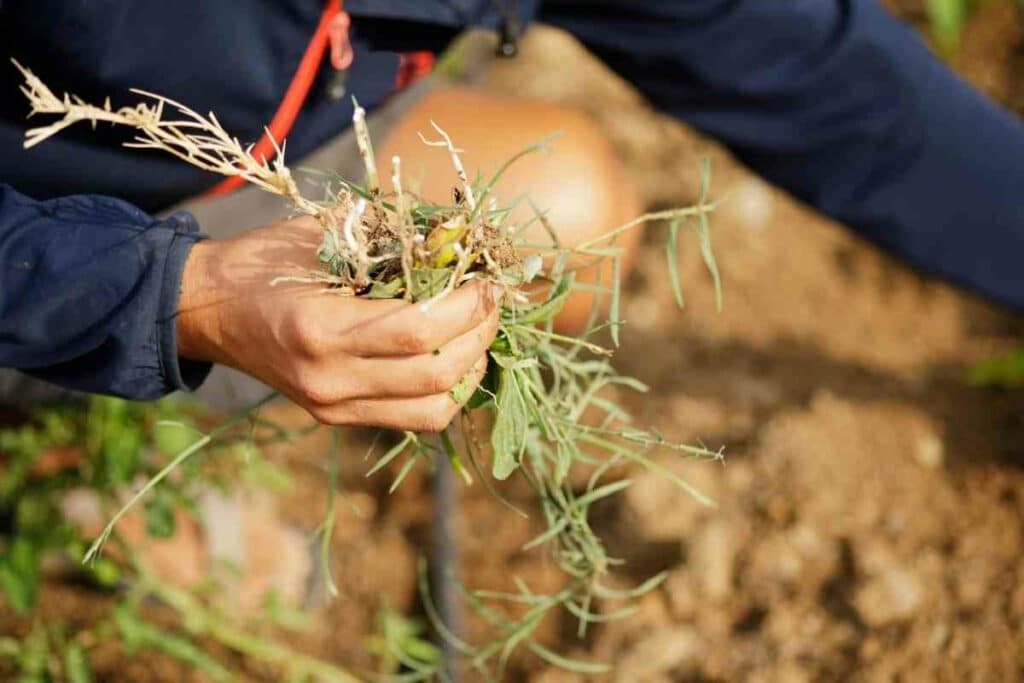
Most houseplants need a nutrient-rich soil blend with a balanced microorganism system.
Unstable Ground
When you walk along the beach, you may have noticed it’s difficult because the sand moves under your feet.
When you walk through a field, the soil doesn’t do that because it provides support.
This is because sand particles are larger than soil particles.
They don’t bind together as well, which makes it difficult for plant roots to get a good grip.
“Growing like a weed” is a fairly common expression when referring to how quickly a child grows, but it’s true; weeds do grow quickly.
And not just in height, but their roots grow downwards just as fast, anchoring them even in unstable sand.
How To Stop Weeds From Growing In Sand
There’s good news!
There are ways to stop weeds from growing in sand, and ways to prevent it.
Products You Have At Home
There are two products you probably already have at home that will help kill weeds; vinegar and salt.
The acid in vinegar travels down through the sand and burns the roots so the weeds can’t grow anymore.
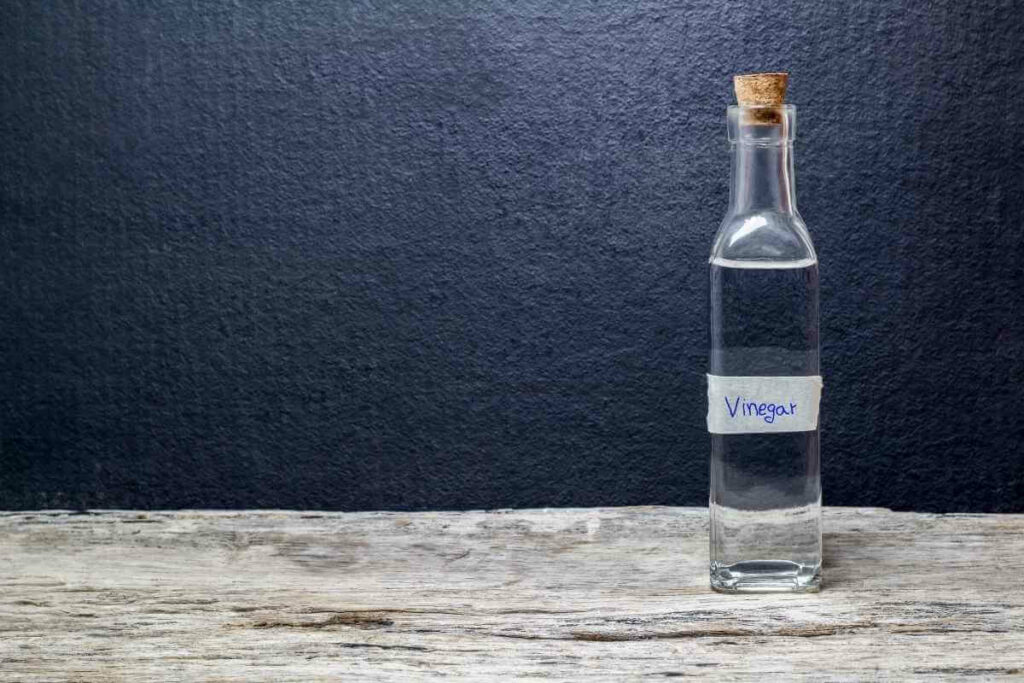
Salt, on the other hand, kills plants using osmosis.
When the salt concentration is higher in the sand than in the plant, the salt will draw water out of the plant.
You can add salt directly to the sand, or mix it with water to spray the entire plant.
Heads Up! Salt won’t be an effective method of killing weeds if you live on a beach near the ocean. Those weeds are used to high levels of salt!
Herbicides
There are different types of herbicides that work in different ways.
Some herbicides work by stopping the plant from being able to photosynthesize, while others work by disrupting the plant’s cell membranes.
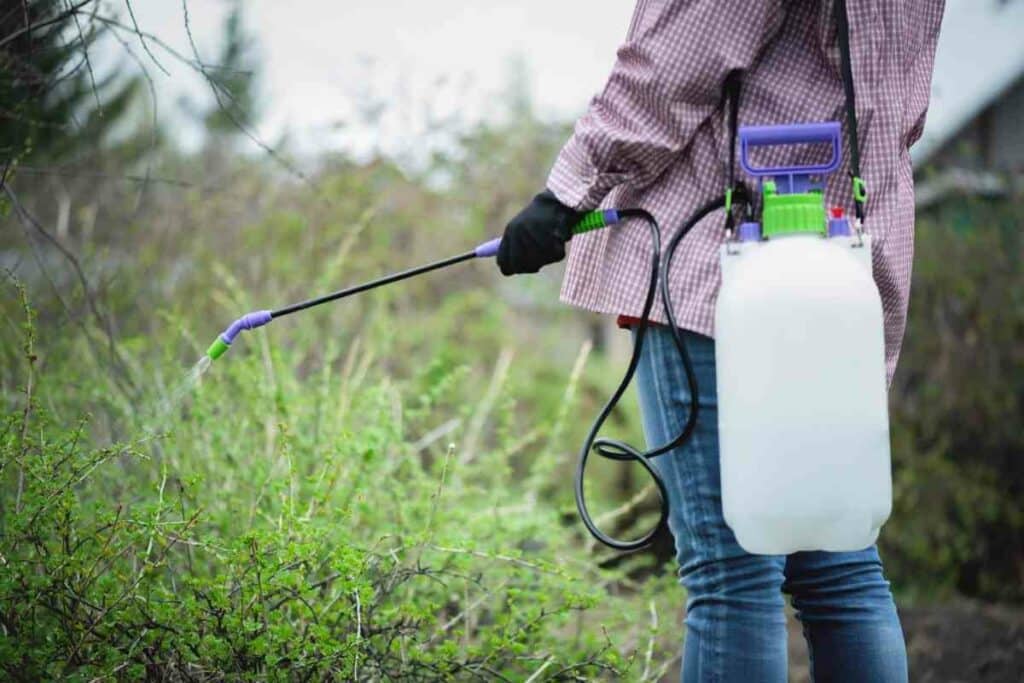
No matter the type of herbicide you use, the outcome is pretty standard. No more weeds.
Don’t use herbicides on sandy areas where kids or pets might play, or they could become sick from the high levels of chemicals.
You also shouldn’t use herbicides in areas that are close to your garden.
Even if the weeds aren’t in your garden, the herbicides can spread through the ground and kill the plants in your garden.
Weed Barriers
A weed barrier is a specially-designed fabric that is strong enough to stop weeds from growing through it but still allows water to pass through.
Most people put this in their garden underneath a layer of mulch, and they cut holes where their existing plants are, or where they plan on putting plants after it has been installed.
From Experience – If you’re covering a sandy area, you can choose to use the weed barrier with mulch, or you can weigh it down with bricks, gravel, or anything else that’s heavy.
Just don’t use anything organic to weigh the barrier down, or you’ll be adding nutrients to the sand to promote weed growth.
Mulch
Mulch is a layer of materials that are added to the soil surface to help with water retention, temperature control, and weed control.
Mulch controls weeds by cutting off access to the sun.
This stops future seeds from being able to germinate, which stops the growth of weeds at the seed stage.
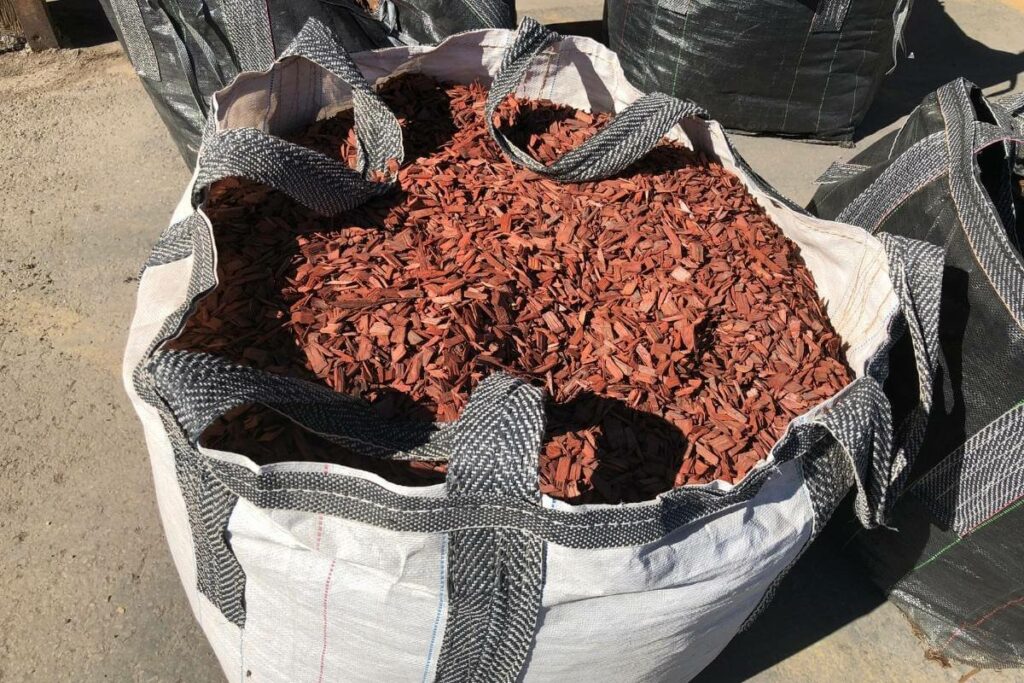
If you have a weed that has already started growing and you aren’t able to cover the entire plant in mulch, you may need to remove it first or kill the roots with another method.
Solarization
If you don’t want to use chemicals or add permanent fixtures to a sandy area, then polarization might be your best choice.
Solarization needs a few perfect summer days in order to work. It has to be hot, and it has to be sunny.
Once you’ve checked the weather, and you’re confident you’ll have quite a bit of sun, follow these steps:
- Loosen the sand using a rake or shovel.
- Thoroughly water the entire area.
- Cover the entire area with clear plastic sheeting. If the area is small enough, a clear shower curtain is an inexpensive option that works well.
- Weigh down the plastic sheeting and completely seal the edges.
- Leave the plastic sheeting for up to two months, checking frequently to find any holes. If any holes appear, repair them with packing tape.
The thorough watering you did before laying the plastic down is to encourage seed germination, which sounds counterproductive.
But shortly after they germinate, they’re going to be getting so much heat from the sun, and it will be amplified by the plastic sheet, very similar to a greenhouse.
This heat will kill the seeds and any weeds that were already growing in the soil.
No chemicals, and only a semi-permanent plastic sheet that won’t be nearly as unsightly as the weeds.
Pull Them Out
If you have already found weeds growing in sand, pull them out.
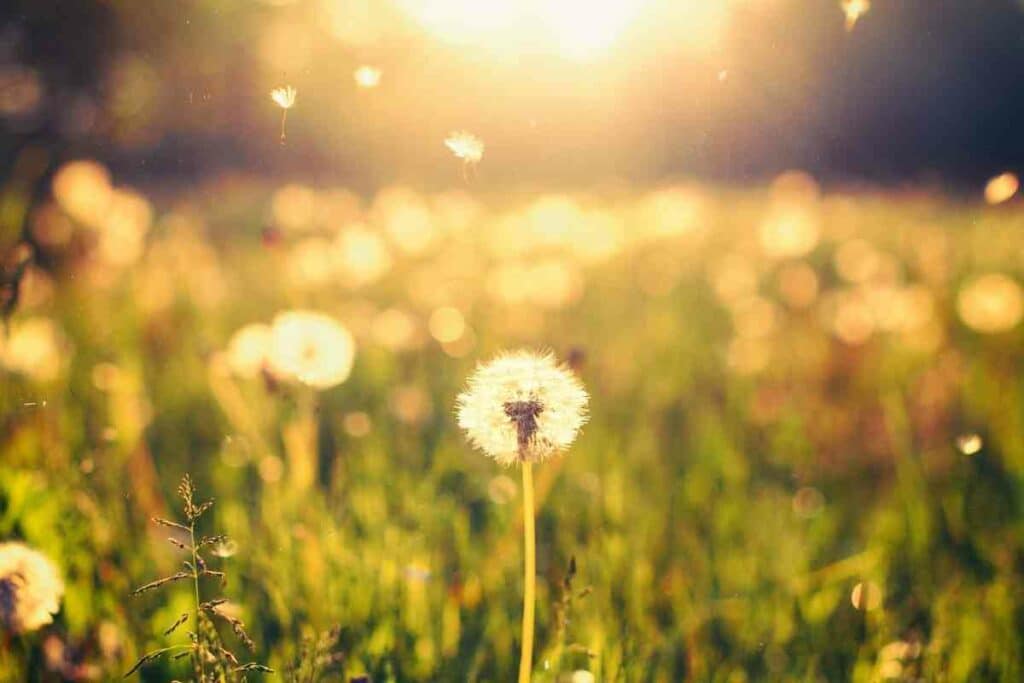
It’s fairly easy to pull most weeds out of sand because the roots aren’t able to develop like they would in soil. I little tug and the weeds should come out.
If you have dandelions, you might need a weed removal tool. Dandelion roots grow deep really quickly, and surprisingly strong.
Final Thoughts
Although weeds can be a nuisance, they’re not impossible to get rid of.
In fact, there are plenty of ways you can remove them from sand – and keep them from coming back.
The key to all of the methods is persistence; it may take a little while to get all the weeds out, but eventually, you’ll have your beach (or sandbox) looking just the way you want it.
